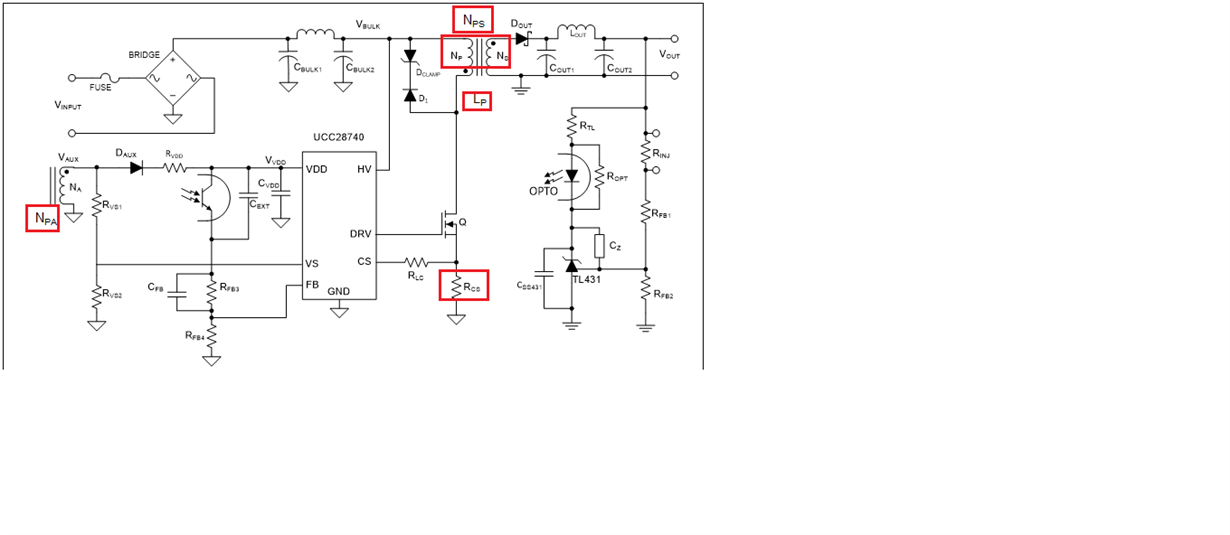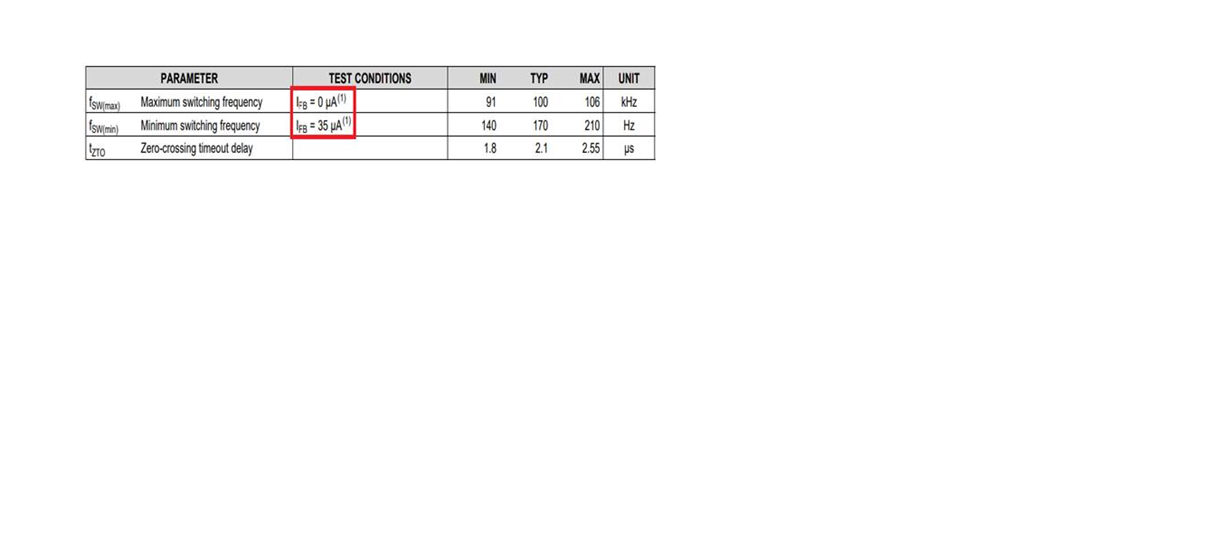Hi Team:
There are some questions that feedback from customer as below , please help to comment , thanks a lot.
condition:
Vdc_in=120V~600V , Vout_1=15V/1.5A , Vout_2= -15V/0.2A , schematic as attached.
1. RD use WEBENCH and Design Calculator for simulation, but result are different , Design Calculator excel tool setup from RD as attached , please help to confirm.
sluc487b (crack)-15V-3.5A-190820.xlsx
2.VDD voltage follow load transient rise but not yet setup max load 1.5A , Vdd voltage already on maximum ratings , how could we improve it ?
3.PCB layout as attached , please help to review it , if any cause operation issue , please help list and let us modify to improve it.
4.How could we setup frequency run up to 60~65K Hz ? transformer Lm setup , RD was not follow WEBENCH and Design Calculator tool because of core size issue
5. How could we check CS pin waveform ? when probe connect to CS pin with noise and cause shutdown even use demo board to connect CS pin the same with noise and shutdown as RD feedback. Is it very sensitive ?
Regards / Mark



